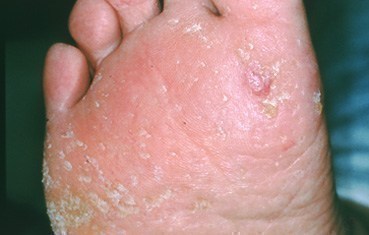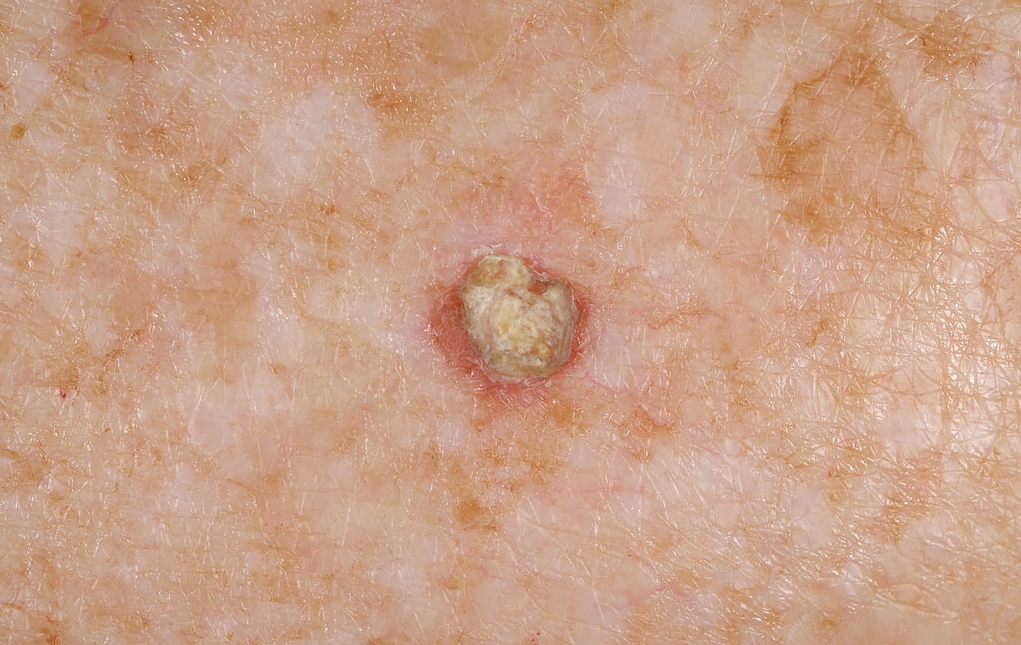Skin Cancer Facts Biography
Source(google.com.pk)Key messages on incidence, survival, mortality, risk factors (causes) and a summary table of the statistics for skin cancer are given here. Also discussed is sunbed use.
More comprehensive information and statistics for skin cancer is here: incidence, survival, mortality, risk factors (causes), diagnosis and treatment, and sunbed use.
Download these Key Facts: Skin Cancer Key Facts
The latest statistics available for skin cancer are: incidence 2011, mortality 2011, and survival 2005-2009. Source years are specified in the statistics table. Find out why these are the latest statistics available.
On this page:
About skin cancer
How common is skin cancer?
How many people survive skin cancer?
How many people die from skin cancer?
What causes skin cancer?
Are children using sunbeds?
Skin cancer statistics table
About skin cancer
There are two types of skin cancer: malignant melanoma, which is less common but more serious; and non-melanoma skin cancer, which is very common but not so serious.
Malignant melanoma on its own can sometimes be referred to as ‘skin cancer’.
There are two main subtypes of non-melanoma skin cancer: basal cell carcinoma (BCC) and squamous cell carcinoma (SCC). There are also a number of much rarer non-melanoma skin cancer subtypes.
There is known under-recording of non-melanoma skin cancer incidence, partly because many cases are treated in primary care or privately and so are not notified to the cancer registries, and partly because most cancer registries record only the first diagnosis of BCC or SCC.
Since non-melanoma skin cancer registrations are known to be incomplete, they are usually excluded from incidence totals for all cancers combined.
section reviewed 22/07/13
section updated 22/07/13
Back to top
How common is skin cancer?
Around 13,300 cases of malignant melanoma were diagnosed in 2011 in the UK, that’s 37 people every day.
Like most cancers, skin cancer is more common with increasing age, but malignant melanoma rates are disproportionately high in younger people. More than one-third of all cases of malignant melanoma occur in people aged under 55.
More than two young adults (aged 15-34) are diagnosed with malignant melanoma every day in the UK, and it is the second most common cancer in this age group.
Malignant melanoma is almost twice as common in young women (up to age 34) as in young men, but more men die from it.
Over the last thirty years, rates of malignant melanoma in Great Britain have risen faster than any of the current ten most common cancers.
Malignant melanoma incidence rates have increased more than fivefold since the mid 1970s.
In the UK, people aged 65 and over are more likely to be diagnosed with late stage malignant melanoma than younger people.
The most common site for men to develop a malignant melanoma is on the chest or back. For women it is on the legs.
People from the most affluent areas are more likely to be diagnosed with malignant melanoma than those from the more deprived areas.
Around two-thirds of malignant melanoma cases are diagnosed at the earliest stage.
Worldwide, it is estimated that almost 200,000 people were diagnosed with malignant melanoma in 2008.
Worldwide, the highest rates of malignant melanoma are in Australia and New Zealand.
More than 102,000 cases of non-melanoma skin cancer were registered in 2011 in the UK; registration is incomplete, however, with an estimated 30-50% of BCC and around 30% of SCC going unrecorded.
Around three-quarters of non-melanoma skin cancer registrations are BCC and less than a quarter are SCC.
Read more in-depth skin cancer incidence statistics.
section reviewed xx/xx/14
section updated xx/xx/14
Back to top
How many people survive skin cancer?
Malignant melanoma survival has been improving for the last twenty-five years and is now amongst the highest for any cancer.
The latest malignant melanoma survival shows that 84% of men and 92% of women survive the disease for at least five years after diagnosis.
Five-year survival ranges from 100% in cases diagnosed at the earliest stage, to 8% (men) and 25% (women) in cases diagnosed once the disease has spread.
Although non-melanoma skin cancer is extremely common, in the vast majority of cases it is detected early and is not life-threatening.
section reviewed 22/07/13
section updated 22/07/13
Back to top
How many people die from skin cancer?
Around 2,200 people died from malignant melanoma in 2011 in the UK, that's around 6 every day.
Around 6 in 10 of all people who die from malignant melanoma are under 75 years old.
In the UK, death rates from malignant melanoma in people aged 75 and over have more than quadrupled in the last 40 years.
Worldwide, an estimated 46,400 people died from malignant melanoma in 2008.
Around 590 people died from non-melanoma skin cancer in 2011 in the UK.
Around 6 in 10 non-melanoma skin cancer deaths are in men.
Read more in-depth skin cancer mortality statistics.
section reviewed 21/08/13
section updated 21/08/13
Back to top
What causes skin cancer?
Sun exposure is the main cause of malignant melanoma and non-melanoma skin cancers.
In the UK around 11,100 cases of malignant melanoma each year are linked to excessive exposure to sunlight and use of sunbeds.
Other factors that influence the risk of skin cancer are:
People with light eyes or hair, who sunburn easily or do not tan have an increased risk of skin cancer.
People with a lot of moles, unusually shaped or large moles, or a lot of freckles have a higher risk of malignant melanoma.
A history of sunburn doubles the risk of malignant melanoma and also increases the risk of non-melanoma skin cancer.
Use of sunbeds, especially by young people, increases the risk of skin cancer.
People with a previous malignant melanoma or non-melanoma skin cancer have a much higher risk of developing a second one.
People with a close relative diagnosed with skin cancer have a higher risk of developing it themselves.
People with certain medical conditions or using certain medications have increased risks of some skin cancer types.
Read more in-depth skin cancer risk factors.
section reviewed 22/07/13
section updated 22/07/13
Back to top
Are children using sunbeds?
In England, more than one quarter of a million children aged 11-17 are risking their health by seeking a tan from sunbeds.
In England, on average, six per cent of 11-17 year olds use sunbeds.
In Liverpool and Sunderland 50 per cent of 15-17 year-old girls aim to tan on sunbeds, and more than two in five use them at least once a week.
Read the full details of this peer reviewed research into sunbed use in children.
Skin Cancer Facts Skin Cancer Skin Cancer Pictures Moles Symptoms Sings On Face Spots On Nose Photos Types Pics Wallpapers Pics
Skin Cancer Facts Skin Cancer Skin Cancer Pictures Moles Symptoms Sings On Face Spots On Nose Photos Types Pics Wallpapers Pics

Skin Cancer Facts Skin Cancer Skin Cancer Pictures Moles Symptoms Sings On Face Spots On Nose Photos Types Pics Wallpapers Pics

Skin Cancer Facts Skin Cancer Skin Cancer Pictures Moles Symptoms Sings On Face Spots On Nose Photos Types Pics Wallpapers Pics

Skin Cancer Facts Skin Cancer Skin Cancer Pictures Moles Symptoms Sings On Face Spots On Nose Photos Types Pics Wallpapers Pics

Skin Cancer Facts Skin Cancer Skin Cancer Pictures Moles Symptoms Sings On Face Spots On Nose Photos Types Pics Wallpapers Pics

Skin Cancer Facts Skin Cancer Skin Cancer Pictures Moles Symptoms Sings On Face Spots On Nose Photos Types Pics Wallpapers Pics

Skin Cancer Facts Skin Cancer Skin Cancer Pictures Moles Symptoms Sings On Face Spots On Nose Photos Types Pics Wallpapers Pics

Skin Cancer Facts Skin Cancer Skin Cancer Pictures Moles Symptoms Sings On Face Spots On Nose Photos Types Pics Wallpapers Pics

Skin Cancer Facts Skin Cancer Skin Cancer Pictures Moles Symptoms Sings On Face Spots On Nose Photos Types Pics Wallpapers Pics

No comments:
Post a Comment